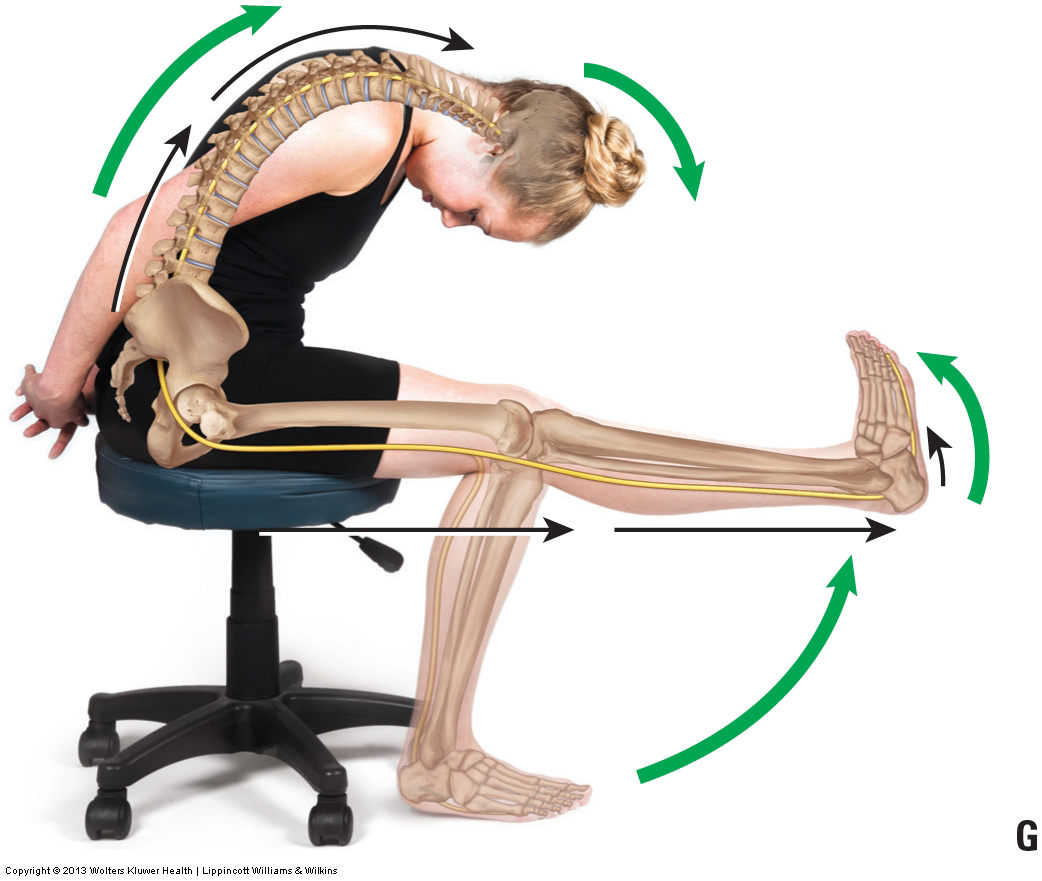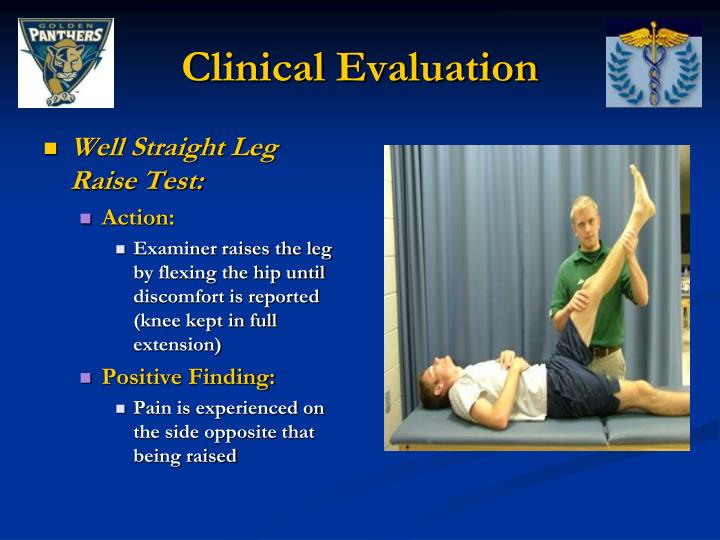

The symptoms of Cauda Equina classically include low back pain, bilateral leg pain, disturbance of urine flow with incontinence and similarly incontinence of the bowel. What if the symptoms are extreme? Could it be Cauda Equina? Alternatively, stand and try to bend forwards to touch the floor to test the symptom. This will likely cause leg pain if the cause is in the lower back. The cause is most likely degenerative or wear and tear change in the tissues, usually the vertebral disc.To test this at home you could lie on your back and ask a friend to raise the painful leg in the air to 90 degrees. If there is discomfort in the lower back, central or unilateral, and this is accompanied by leg symptoms, such as pain in the leg, numbness, pins and needles or weakness, then the origin of the symptoms is likely the lower back. How can I tell the difference between both? (Is there a test I can do at home?)īack pain is often complicated by pain in the leg from one of the nerves being pinched in the back but supplying the leg. How does it compare to back pain?īack pain is in exactly that, located in the back and not in the leg, which is known as peripheral nerve pain and often called sciatica. Commonly the term sciatica is used to mean pain from any of the spinal nerves supplying the leg such as the femoral nerve, which gives rise to pain in a different distribution. Most commonly, the cause is pressure on the nerve at the point that it leaves the spinal canal due to pressure from a disc herniation, or bony overgrowth, a spur called an osteophyte.The pain of sciatica is felt down the posterior aspect of the leg and into the sole of the foot. Sciatica is a pain in the leg due to an abnormality of the sciatic nerve at a point along its course as it leaves the spine and travels to the foot. Here, leading neurosurgeon Mrs Anne Mitchener explains the difference between sciatica and back pain and the long-term options for when it comes to treating sciatica. The term back pain can be used to describe a range of symptoms that occur from muscle strain or injury to the bone structures or nerves along the spine. Sciatica is a very specific type of pain radiating from the longest nerve in the body, the sciatica nerve, which is distinctively felt in the lower back, buttocks and down the leg and/or foot, and usually occurs on one side of the body.


Foot and ankle, limb reconstruction & bone infection.Open reduction and internal fixation (ORIF).Comprehensive arthroscopic management (CAM).Bunion surgery (including Tailor’s bunion).



 0 kommentar(er)
0 kommentar(er)
